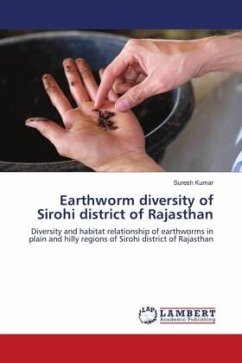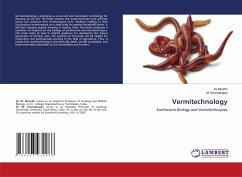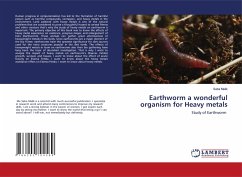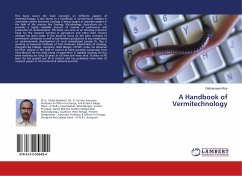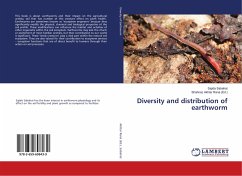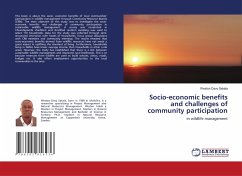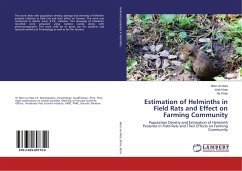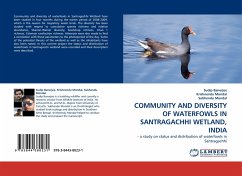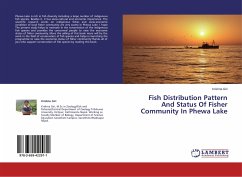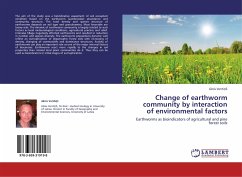
Change of earthworm community by interaction of environmental factors
Earthworms as bioindicators of agricultural and pine forest soils
Versandkostenfrei!
Versandfertig in 6-10 Tagen
32,99 €
inkl. MwSt.

PAYBACK Punkte
16 °P sammeln!
The aim of the study was a bioindicative assessment of soil ecosystem condition based on the earthworm (Lumbricidae) abundance and community structure. The total density and species structure of earthworms depends on soil type and granulometry. Most favorable are loamy soils. The dinamic of earthworm community is largely related to such factors as local meteorological conditions, agricultural practice and relief. Intensive tillage negatively affected earthworms and resulted in reduction in number and species diversity. The earthworm populations dynamic well reflect an eutrophication of oligotr...
The aim of the study was a bioindicative assessment of soil ecosystem condition based on the earthworm (Lumbricidae) abundance and community structure. The total density and species structure of earthworms depends on soil type and granulometry. Most favorable are loamy soils. The dinamic of earthworm community is largely related to such factors as local meteorological conditions, agricultural practice and relief. Intensive tillage negatively affected earthworms and resulted in reduction in number and species diversity. The earthworm populations dynamic well reflect an eutrophication of oligotrophic forest soils with increasing of density, changing of communities and dominance structures. Activity of earthworms can play an important role as one of the major internal factors of biocenosis. Earthworms react more rapidly to the changes in soil properties than related local plant communities do it. Thus they can be used as bioindicators in initial stages of eutrophication.



